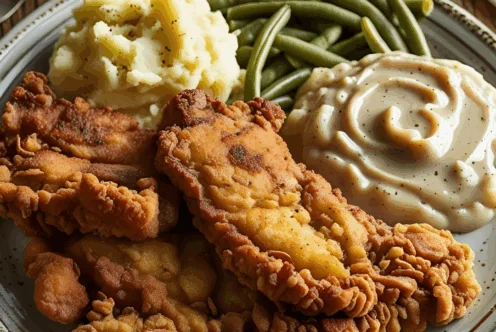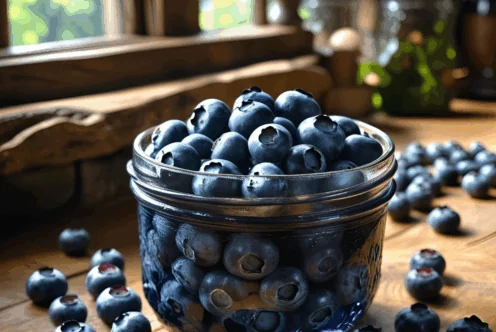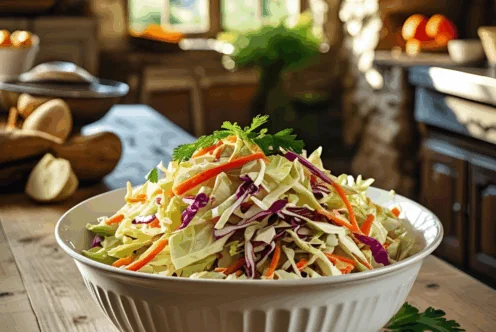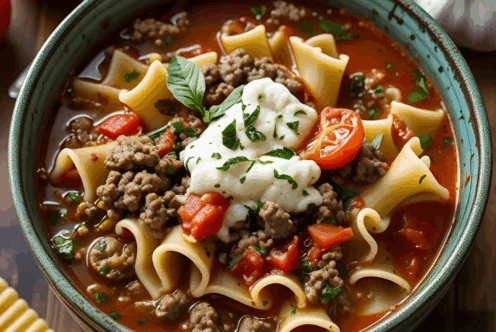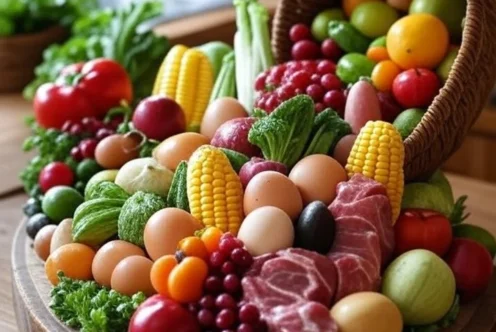Blog
Why Do We Eat Turkey on Thanksgiving?
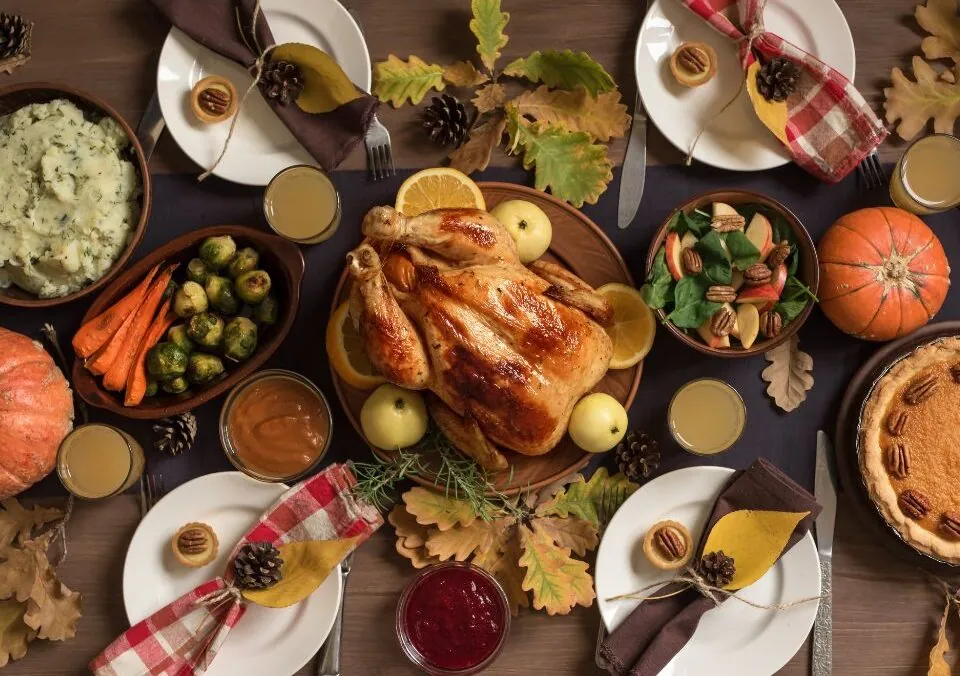
Every Thanksgiving, families across the United States gather to celebrate with sumptuous feasts, typically featuring turkey as the star of the meal. Alongside turkey, traditional side dishes often take center stage, including stuffing, cranberries, green beans, and mashed potatoes, all contributing to a festive atmosphere rich with history and culinary tradition. However, have you ever paused to wonder how turkey came to be the main dish at Thanksgiving dinners?
To explore this question, I delved into historical records and culinary traditions to discover the roots of this holiday staple. Interestingly, I learned that there is no definitive historical evidence showing that turkey was served at the first Thanksgiving in 1621, which took place between the Pilgrims and the Wampanoag people. While accounts from that gathering point towards the presence of deer, which were brought by the Wampanoag, and “fowl” provided by the Pilgrims, most historians suggest that this “fowl” was more likely to have been ducks or geese rather than the turkey we recognize today. For more detail on the first Thanksgiving, you can refer to History.com for an overview of the event and its significance.
The Rise of Turkey as the Thanksgiving Dish
So, how did turkey come to dominate the Thanksgiving dinner table? Several theories offer insights into this culinary evolution. One key factor is the timing of Thanksgiving becoming a national holiday. In 1863, President Abraham Lincoln declared Thanksgiving a national holiday, during a period when turkeys were abundant and economical for families. This abundance made turkeys a practical choice for the Thanksgiving feast, particularly in comparison to other meats.
Additionally, turkeys were primarily raised for their meat, unlike other animals that served multiple purposes, such as cows (which provided milk) and chickens (which laid eggs). A turkey is relatively easy to prepare compared to other meats, often enough to feed a large family without requiring extensive preparation. A well-roasted turkey can weigh anywhere from 10 to 30 pounds, making it an ideal centerpiece for a gathering of family and friends.
Apart from practicality, the turkey’s size aligns perfectly with the spirit of Thanksgiving—it symbolizes abundance and sharing. The holiday is rooted in themes of gratitude and togetherness, and a large bird that can feed many makes perfect sense in this context.
According to the National Turkey Federation, over 200 million turkeys are raised each year in the United States, showcasing the bird’s popularity and significance in American culture.
Cultural and Symbolic Importance
In addition to its practicality, turkey holds cultural significance. The inception of Thanksgiving as a unifying holiday resonates with the idea of giving thanks, a sentiment that ties communities together. The turkey, in somewhat emblematic fashion, has come to represent the generosity of the season, as families gather to not only enjoy a meal but also to acknowledge the good in their lives.
Moreover, the consumption of turkey has often been associated with harvest festivals, where people celebrate the season’s bounty. Over the years, the turkey has transformed from a symbol of sustenance into a multifaceted representation of gratitude and unity.

A Shift in Perspective
While turkey remains the centerpiece for many Thanksgiving dinners, it’s important to note that the specific dish served at Thanksgiving can vary significantly. For example, some families might choose to serve other proteins such as ham, beef, or even a vegetarian dish to accommodate diverse dietary preferences and cultural backgrounds. It is quite common today to see a variety of dishes on the Thanksgiving table ranging from traditional classics to modern culinary interpretations. This shift highlights the diversity of American culture and how Thanksgiving has evolved into a holiday that celebrates not only gratitude but also the rich tapestry of customs and traditions that reflect the melting pot that is the United States.
In recent years, more families have embraced the idea of personalized Thanksgivings, leading some to include ethnic or culturally significant dishes that reflect their heritage. Consequently, while turkey may be the traditional choice, various proteins and sides are now commonplace, introducing unique flavors and stories to Thanksgiving tables everywhere.
Alternatives to Turkey
For those who opt not to prepare or enjoy turkey, there are many delicious alternatives. Here are a few popular options:
- Ham: Many families enjoy glazed ham as a hearty alternative, often served with fruit preserves or mustard glazes that add a touch of sweetness.
- Roast Beef: This classic dish provides a rich flavor profile and offers various cuts, from tenderloin to prime rib, appealing to different tastes.
- Vegetarian Dishes: Roasted vegetables, hearty grain salads, or stuffed squash can serve as a filling and nutritious option that caters to plant-based diets.
- Pork: Pork has long been associated with celebratory meals and, like ham, may be served in various styles, from barbecued to slow-roasted.
- Duck or Goose: For those seeking something different, duck or goose can provide an alternative that often brings a rich and sumptuous flavor.
Whatever the main course may be, the essence of Thanksgiving remains: it is a time to express gratitude and foster connection with loved ones.
The Modern Thanksgiving Table
As we move into the modern era, the Thanksgiving table continues to evolve, reflecting our varied culinary preferences and dietary trends. The rise of plant-based diets, for instance, has led many to explore meat alternatives, whole foods, and innovative plant-based recipes that might grace the Thanksgiving table in place of traditional meats. Holiday feasts are increasingly including gluten-free, vegan, and organic options that speak to an overall awareness of health and wellness.
From creativity with sides to the main dishes, the contemporary Thanksgiving meal is often a mosaic of flavors, showcasing the individual tastes of families while maintaining the felt communal spirit of the holiday.
Thanksgiving in Popular Culture
The tradition of Thanksgiving has been ingrained in American culture, as evidenced by movies, television shows, and social media highlighting the customs, food, and family-centric activities associated with the holiday. Films such as “A Charlie Brown Thanksgiving” or “Planes, Trains and Automobiles” emphasize the importance of family and friendship while providing entertaining, relatable content that reinforces the themes of forgiveness and togetherness.
Social media has also allowed families to share their own Thanksgiving meals, traditions, and innovative recipes, creating a virtual space for exchange and inspiration that adds depth to the holiday experience. #Thanksgiving has become a trending topic, showcasing diverse recipes and thoughtful reflections that encapsulate how many cherish this occasion.
The Global Perspective on Thanksgiving
Thanksgiving is primarily an American holiday but it shares common elements with harvest festivals celebrated worldwide. Countries such as Canada, Germany, and Japan have their own versions of Thanksgiving, often held at different times of the year. These celebrations embody appreciation for the harvest, community, and family unity, bridging cultural gaps and highlighting how gratitude is a universal theme.
In Canada, for instance, Thanksgiving is celebrated on the second Monday in October and shares similar customs of feasting and giving thanks. The historical roots connect back to early European harvest festivals, emphasizing gratitude for the bounties of the earth.
Conclusion: The True Essence of Thanksgiving
As we reflect on the traditions surrounding Thanksgiving, it becomes clear that while turkey has emerged as a hallmark dish, it is not the sole focus of the holiday. Instead, Thanksgiving is about celebrating the bonds we share with one another, appreciating what we have, and creating meaningful memories around the dinner table.
Whether one chooses to serve turkey, pork, chicken, beef, or a colorful spread of vegetarian dishes, each meal holds significance beyond its ingredients. The true essence of Thanksgiving lies in gratitude, togetherness, and the spirit of community. So, as families gather around their tables this holiday season, may they embrace the warmth and joy of sharing a meal, whether it’s centered around a golden-brown turkey or not.
For those interested in additional Thanksgiving articles and recipes, check out the Fill Your Plate blog. It’s a great resource for exploring diverse recipes that can be integrated into any Thanksgiving celebration!
By Heide Kennedy, Arizona Farm Bureau Communications Intern













